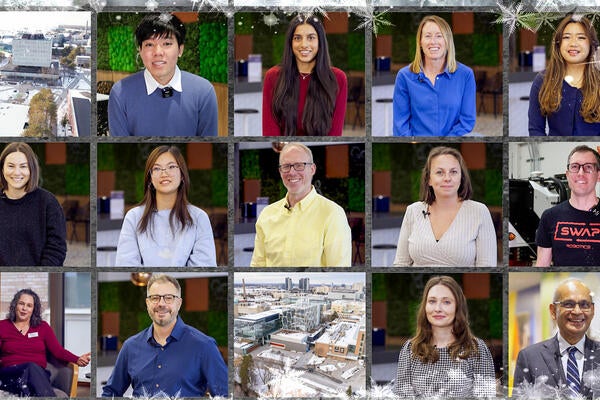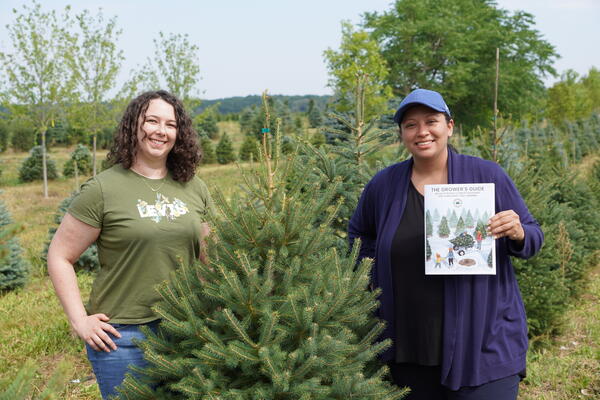
Improving access to food for the hungry
Nearly a billion people in the world are undernourished. The solution, says professor Jennifer Clapp, isn’t to produce more food, but to improve distribution.

Nearly a billion people in the world are undernourished. The solution, says professor Jennifer Clapp, isn’t to produce more food, but to improve distribution.
By Staff Communications & Public AffairsNine hundred and twenty-five million empty stomachs. That’s the current estimate from the United Nations Food and Agriculture Organization (FAO). Nearly one of every seven people in the world, mostly in developing countries, is hungry or undernourished.
 The solution seems obvious, on the face of it: simply grow more food. But nothing in today's global food crisis is simple, says Jennifer Clapp . “It’s not just a matter of production. Hunger is also an economic and political problem, and it’s enormously complex.”
The solution seems obvious, on the face of it: simply grow more food. But nothing in today's global food crisis is simple, says Jennifer Clapp . “It’s not just a matter of production. Hunger is also an economic and political problem, and it’s enormously complex.”
Clapp, a professor in the environment and resource studies department and the Balsillie School of International Affairs, has a special research focus on food security (access to sufficient safe, nutritious food) on a global scale, including international food aid. She holds the CIGI Chair in Global Environmental Governance. A political economist, she’s interested in “teasing out the politics” in the slow dance of forces, nations, and institutions that govern the world’s food supply.
One key factor is world food prices, now at a record high. This situation stems in part from rising demand for food, climate change (drought, floods), and diversion of grain for the production of biofuels. Also key is the volatility of those prices, ballooned by speculation in agricultural commodity futures markets.
Global institutions and western nations are “inching toward a response,” Clapp says. But most of their proposed solutions so far have focused on increasing production, using controversial methods such as bioengineered seed and large-scale farming. Improving food access is rarely discussed.
Clapp proposes that less costly, more environmentally friendly farming methods should be considered as well. Broader economic reforms should also be on the table, including the regulation of food price speculation, rebalancing world agricultural trade, and revamping food aid delivery.
“We need a more open debate on these issues,” Clapp says. “Increasing food production alone won’t solve hunger. We must also ensure that people have access to that food.”

Read more
Here are the people and events behind some of this year’s most compelling Waterloo stories

Read more
A winter holiday message from President Vivek Goel

Read more
Waterloo researchers are helping to make a much-loved holiday tradition more sustainable all year round
The University of Waterloo acknowledges that much of our work takes place on the traditional territory of the Neutral, Anishinaabeg, and Haudenosaunee peoples. Our main campus is situated on the Haldimand Tract, the land granted to the Six Nations that includes six miles on each side of the Grand River. Our active work toward reconciliation takes place across our campuses through research, learning, teaching, and community building, and is co-ordinated within the Office of Indigenous Relations.